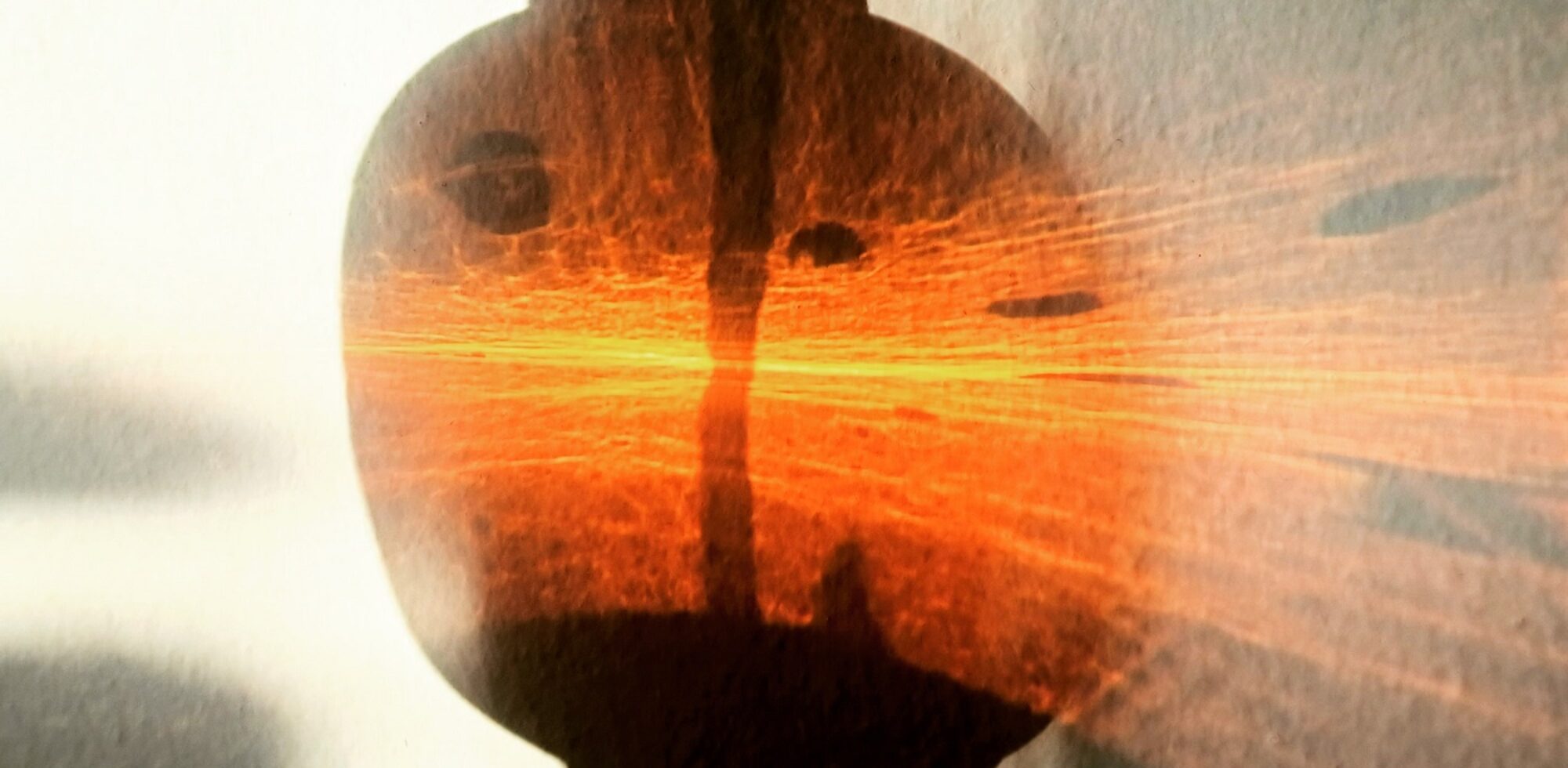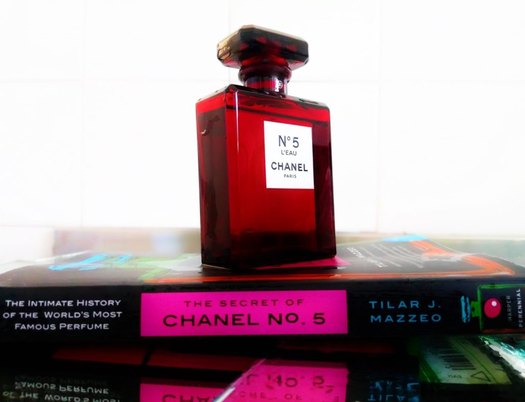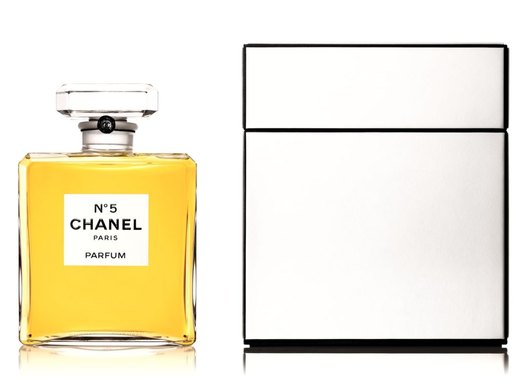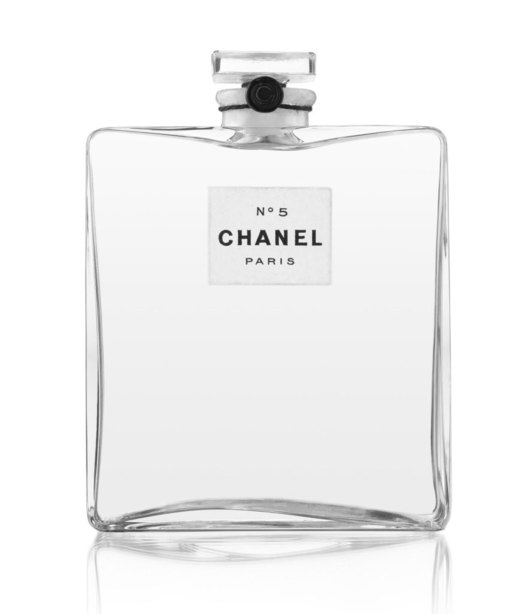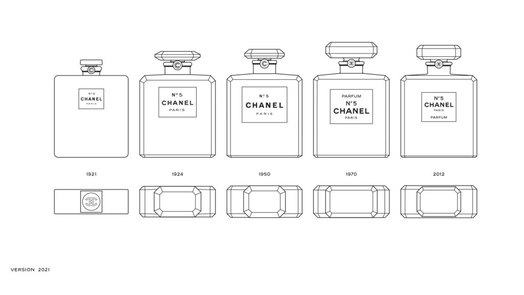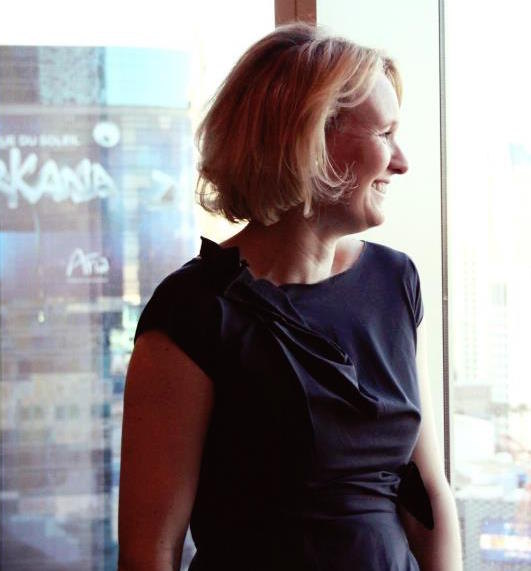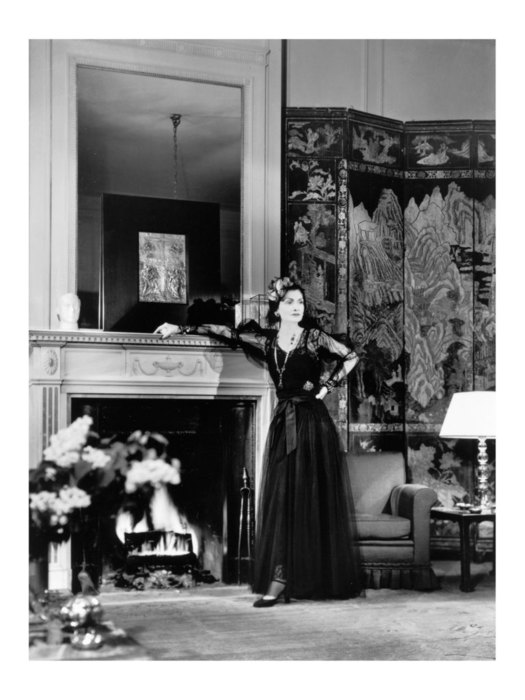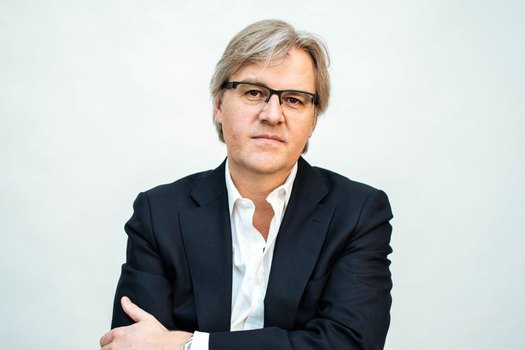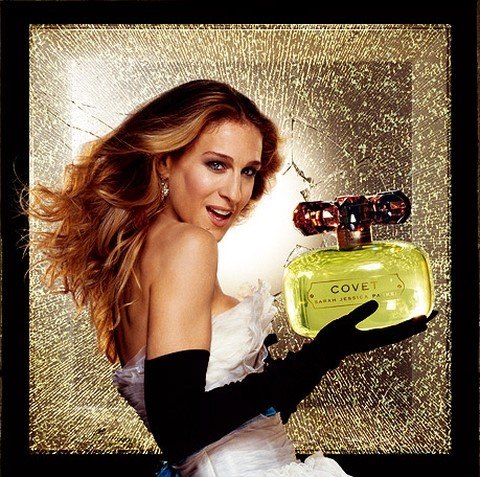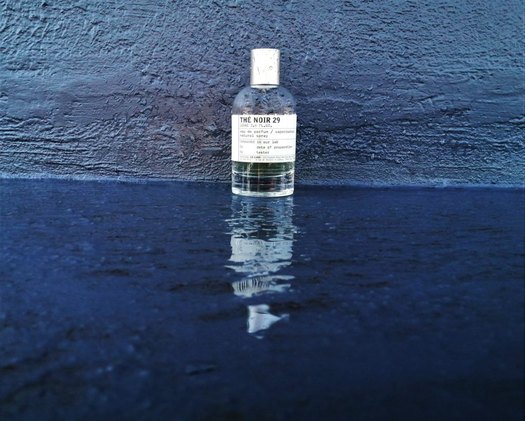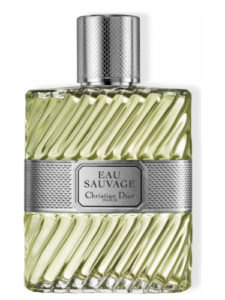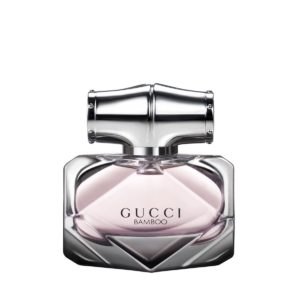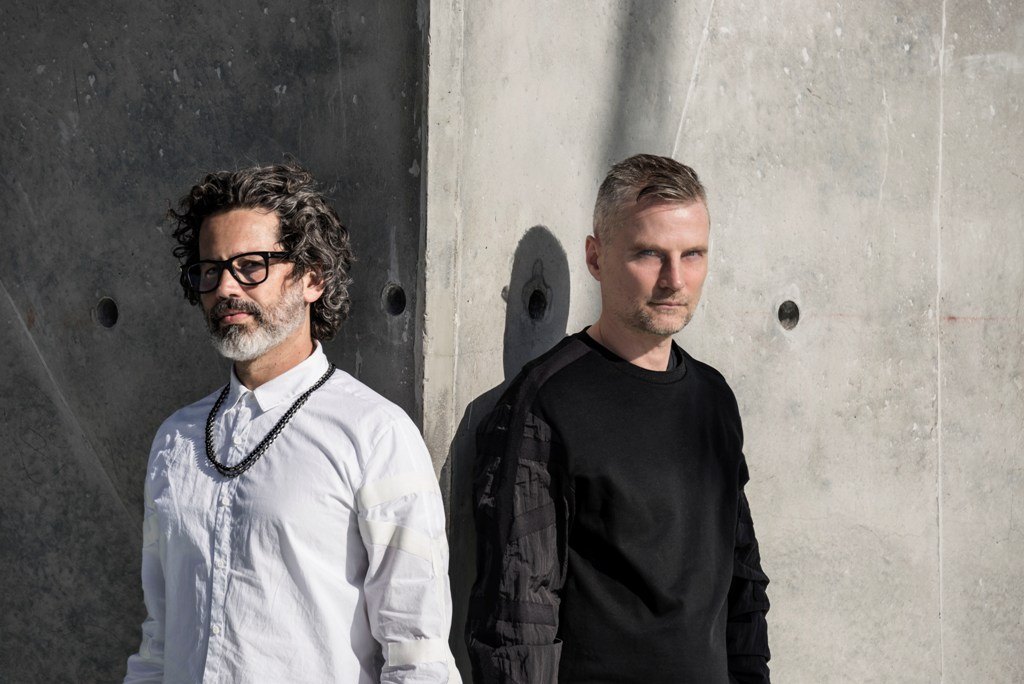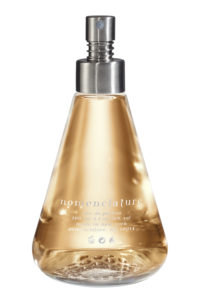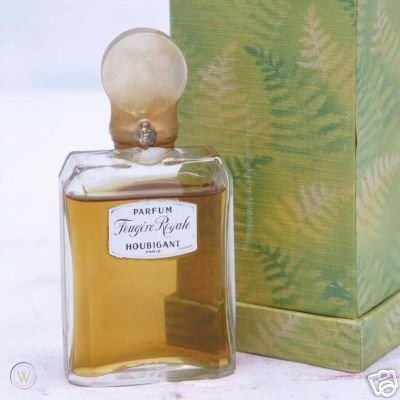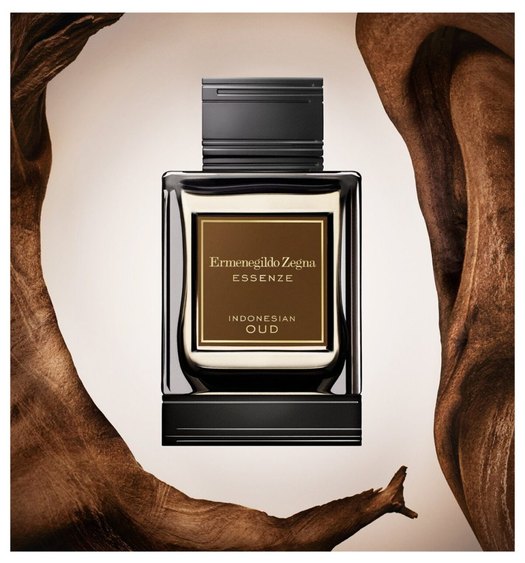
One of the mostly widely used ingredients in perfumery, aldehydes are probably also the most misunderstood. Chanel No 5 is the most famous example (its creator Ernest Beaux famously over-dosed the original parfum version in 1921), but it was not the first. That honour belongs to L.T. Piver Rêve d’Or from 1905.

IMAGE: Chanel.
Aldehydes feature in a veritable roll-call of all-time classics, including Carven Ma Griffe Parfum (1946), Rochas Madame Rochas EDT (1960), Hermès Calèche EDT (1961), Yves Saint Laurent Rive Gauche EDT (1971) and Dior Dune EDT (1991).

Without getting too technical, in perfumery, aldehydes refer to a large family of compounds, such as heptanal, octanal, nonanol and decanol. Some of them are naturals, while many others have been synthesised in labs.
Depending on which one is used and how they are used, they can give compositions a clean, citric, soapy, laundry-fresh, waxy, between-the-sheets sensual, even metallic vibe. They are particularly useful in helping give top and floral notes extra sparkle and pop.

SPICE AND ALL THINGS NICE: With its lighter dose, Comme des Garçons 2 Man EDT also gets a nod in this best aldehyde fragrances round-up.
Aren’t aldehydes old-fashioned? Firstly, I have no problem with smelling old-fashioned / vintage-y / mature. But if you insist, they can also be used in a thoroughly modern way.
Where known, the name of the perfumer is included in brackets after the name of the fragrance.
What are your best aldehyde fragrances?
LANVIN ARPÈGE EDP (PAUL VACHER & ANDRÉ FRAYSSE)
Widely acknowledged as one of the perfume greats and justifiably spoken about in hallowed tones, Lanvin Arpège was the second fragrance release from the Paris-based designer Jeanne Lanvin (the house’s debut from 1924, My Sin, also features aldehydes).
The designer’s daughter Marguerite loved playing arpeggios and inspired the name of this 1927 release. Almost a century and several reformulations later, it retains its majestic beauty in a complex yet understated style.
From the aldehydic freshness of the opening, with subtle nuances of peach, honeysuckle and citrus, through to the delicate florals (notes of jasmine, ylang-ylang, lily-of-the-valley, among others) and amber accord that follow, I can see how it earned its place in The Fragrance Foundation’s Hall of Fame in 2005.

ELIZABETH ARDEN BLUE GRASS EDP
I thought I knew the American brand pretty well until I came across this 1936 release hidden away on the budget shelves, as one does. It very much set the tone for the releases that followed: accessible and affordable appeal.
Aldehydes give the opening floral notes (lavender, rose, jasmine) plenty of ping and pop. Okay, I’ll stop all this alliteration nonsense now. Notes of lily, clove and (the rarely used) laurel take it in a spicy direction, with woody depth from vetiver and sandalwood in the drydown.
It’s a great everyday choice with a touch of elegance.

ESTÉE LAUDER WHITE LINEN EDP (SOPHIA GROJSMAN)
So why does Estée Lauder have such a special place in the fragrance memories of so many of our mothers and grandmothers? This 1978 release will tell you all you need to know. The company’s founder wanted something fresh and crisp, à la white sheets, and that’s exactly what perfumer Sophia Grojsman gave her, with sensuality to spare.
It makes a cool statement from the get-go, thanks to notes of Bulgarian rose, jasmine and muguet wrapped in soapy aldehydes. Violet and orris do their powdery thing, with earthy support from vetiver and moss in the drydown.
While it’s been reformulated, it has lost none of its elegance. I also recommend Estée Lauder Knowing EDP for its richer and heavier 1980s-style spin on the theme.

IMAGE: Estée Lauder.
GLORIA VANDERBILT EDT (SOPHIA GROJSMAN)
What gets me going even more than a luxurious fragrance? A cheap, cheap fragrance that smells luxurious. Launched in 1982, the debut scent from the American fashion designer (celeb trivia aside: you might know her son, Anderson Cooper, from CNN) was created by none other than the great Sophia Grojsman (Lancôme Trésor EDP, Estée Lauder White Linen EDP, Frédéric Malle Outrageous EDP).
Gloria Vanderbilt EDT opens with aldehydes on high and a sliver of pineapple in the background. Then it’s the turn of a floral bouquet that includes tuberose, ylang-ylang, jasmine and, in particular, carnation. The drydown is a creamy joy, with sandalwood, vanilla and cinnamon notes.
This EDT fades fairly fast, but for the price, top up as you go.

CHANEL NO 5 EDP (JACQUES POLGE)
To quote Julie Andrews in The Sound of Music, “Let’s start at the very beginning, a very good place to start.” Without hubris, I can confidently say that Chanel set the standard for modern perfumery in 1921 when she briefed Russian-born nose Ernest Beaux to create “a woman’s perfume with a woman’s scent”.
Chanel No 5 was revolutionary in several ways. Unlike many of the perfumes that were popular at the time, it didn’t focus on one specific note. Most importantly, it showcased aldehydes, with their fizzy soapiness, to spectacular effect.
In 1986, Jacques Polge reinterpreted the original in an EDP concentration. Its aldehydic opening is enhanced by citrus notes of neroli and bergamot. A large shot of ylang-ylang introduces a rich yellow floral dimension to the composition. It’s followed by an elaborate bouquet of iris, May rose, lily-of-the-valley and jasmine notes in the fragrance’s heart. Sandalwood and vanilla make for memorable partners in the smooth and sensual drydown.
Even if you do find it too “mature”, there’s no getting away from the influence of Chanel No 5.

ELIZABETH TAYLOR WHITE DIAMONDS EDT (CARLOS BENAÏM)
Although she’s no longer with us, Elizabeth Taylor remains the grande dame of celebrity fragrances. This 1991 release is the perfect example of why the genre has much to offer, contrary to the snobs who say otherwise. An all-time classic, it was inducted into the Fragrance Foundation’s Hall of Fame in 2009, the first celebrity fragrance to receive that recognition.
It opens with the distinctive soapiness of aldehydes mingling with the spiciness of lily and honeyed citrus of neroli. As with many perfumes from that era, there’s a complex bouquet of florals, including notes of jasmine, ylang-ylang and narcissus, to lose yourself in. But the tuberose still shines through with its narcotic qualities.
Settling on a base of musk and sandalwood, it’s gorgeously glamorous and way more expensive smelling than its price suggests.

COMME DES GARÇONS 2* (MARK BUXTON)
British perfumer Mark Buxton announced his prodigious talent when he created the Japanese fashion company’s eponymous debut in 1994. True to the brand’s avant-garde aesthetic, his 1999 creation, Comme des Garçons 2, is a brilliant display of intriguing contrasts.
With its combo of aldehydes, angelica root and magnolia, the intro is dazzlingly fresh yet full of character. A synthetic note of ink reveals the scent’s darker side and cumin adds warm spiciness to the distinctive blend. The smokiness of incense and vetiver is paired with the muskiness of a labdandum-dominant amber accord in the drydown.
If you still think aldehydes are old-fashioned, this modern classic will put you right. Comme des Garçons 2 Man EDT, also created by Buxton, is worth checking out for its lighter dose of aldehydes mixed with woods and spice.
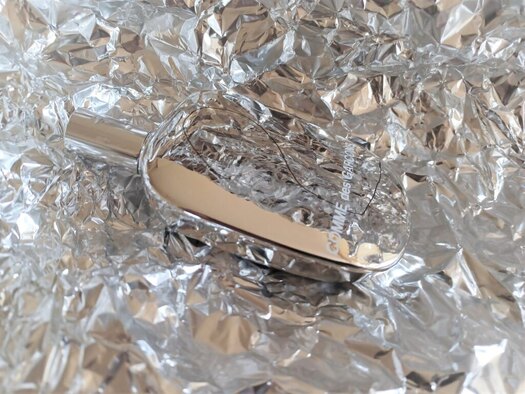
CONTRASTS: Is Comme des Garçons 2 EDP one of your best aldehyde fragrances?
FRÉDÉRIC MALLE IRIS POUDRE Edp* (PIERRE BOURDON)
It doesn’t get any better than Frédéric Malle Iris Poudre, one of the launch releases from the year 2 000 that established the Paris-based niche house’s impeccable credentials.
This creation opens with the floral richness of ylang-ylang. Notes of violet and rose lay the powdery path for the headline iris. Iris can be a bit of an ice queen, but I find this take welcoming and embracing once you get to know her. There’s also an aldehydic element, but it never steals the show. It gives the composition a classic feel.
Warm and smooth sandalwood defines the drydown, with musk and tonka bean lingering sensually on the skin. What a treat!

LE LABO NEROLI 36 EDP* (DAPHNÉ BUGEY)
Le Labo Neroli 36 was one of the launch fragrances from the NYC-based niche brand, but doesn’t get as much attention as, say, Santal 33 or Bergamote 22. Which is a pity, because this 2006 release is enchanting stuff from the first spray.
The title note brings on the sun with its honey-ish qualities. It’s amplified by notes of mandarin orange with a slight aldehydic vibe. The floral mood continues with notes of jasmine and rose, fresh and gently sweet. Musk and vanilla mingle in the warm drydown of this thoroughly cheerful composition.
Want even more aldehydes? Then look out for the brand’s city exclusive (Dallas) Le Labo Aldehyde 44 EDP.

BYREDO BLANCHE EDP*
This 2009 release epitomises the Swedish niche brand’s simple yet effective approach to perfumery.
There’s a big blast of fresh and soapy aldehydes in the opening. A trio of florals – rose centifolia, peony, violet – are given the powdery treatment. Clean and sensual at the same time, the drydown features musk and sandalwood.
With the aldehydic prominence, even though used in a modern way, this fragrance is not for everyone, but will appeal to those looking for something offbeat.

CHANEL NO 5 L’EAU EDT (OLIVIER POLGE)
There’s no denying the all-time classic credentials of Chanel No 5. But there are those who feel that the parfum and EDP versions are too heavy and, dare I say it, old-fashioned.
It’s for these reasons that the French luxury fashion brand took the big step in 2016 of launching a lighter version of its icon. Ostensibly aimed at a generation of younger women who wanted to be modern without smelling like their mothers and grandmothers, Chanel No 5 L’Eau epitomises casual chic.
The intro is all freshness, with notes of lemon, mandarin and orange in play. There’s no mistaking the soapy presence of aldehydes, albeit more toned down than the original. The richness of ylang-ylang takes the lead in the floral heart, with hints of jasmine and rose in the background. Musk dominates the drydown and completes what is a very worthwhile addition to the Chanel No 5 franchise.

GUERLAIN MUSC NOBLE EDP (THIERRY WASSER)
Officially, this 2018 release from the French brand’s top-notch Les Absolus d’Orient Collection opens with notes of pink peppercorn, saffron and geranium, but I get a thoroughly addictive and enticing metallic whiff. Aldehydes alert! What a start!
The real focus of the fragrance is musk and rose, and what a wonderful combo it is with its sensual and sophisticated powderiness. It gathers depth with the drydown which features an amber accord and cedarwood. Cistus adds an animalic leather undercurrent.
With its metallic vibe, this is bold and distinctive stuff. I wouldn’t want it any other way! Guerlain Encens Mythique EDP, also from the same range, features a beautiful blend of aldehydes, incense and ambergris.

DIPTYQUE FLEUR DE PEAU EDP* (OLIVIER PESCHEUX)
Fleur de Peau triumphed in the Perfume Extraordinaire and Best New Women’s Fragrance categories at the 2019 Fragrance Foundation Awards in London. One sniff of this EDP and you’ll understand why.
The fresh and rosy accents of pink peppercorns opens the scent and then it’s the turn of iris, with its cool powderiness, on beautiful display. But what really makes this fragrance special is its use of Ambrettolide, the musky molecule known for its smooth, pear-ish qualities, in combination with clean musks.
Olivier Pescheux tells me he used aldehydes C-12 MNA and C12-Laurique in this creation. I reckon you’ll smell them in action in the way they lift this 2018 release to luxuriously romantic stuff.

MAISON FRANCIS KURKDJIAN 724 EDP* (FRANCIS KURKDJIAN)
The Paris-based perfumer hasn’t produced something new for quite some time (the 2021 Cologne Forte releases were variations on the best-selling Aqua range). His much-publicised appointment as Dior’s in-house perfumer might have something to do with that.
“It brings a sensation of comfort and protection, like that of cleanliness, that I crave when I’m walking around the city,” he says on the brand website about the recently released 724.
That cleanliness comes through with its opening of aldehydes – softly metallic and fizzy – and citric bergamot from Calabria. There’s more freshness of the airy white floral kind from notes of jasmine absolute from Egypt, seringa (also known as mock orange), freesia and lily-of-the-valley. White musk takes the lead in the drydown, with creamily cosy support from sandalwood.
Okay, so maybe 724 isn’t absolutely new either, as some people are already grumbling online. It sees the nose playing the fresh-floral-musk riff he does to perfection. However, I think it’s a great example of how aldehydes can be used in a timeless and contemporary fashion.

*All these best aldehyde fragrances are available in South Africa at Skins Cosmetics.
Like this:
Like Loading...
